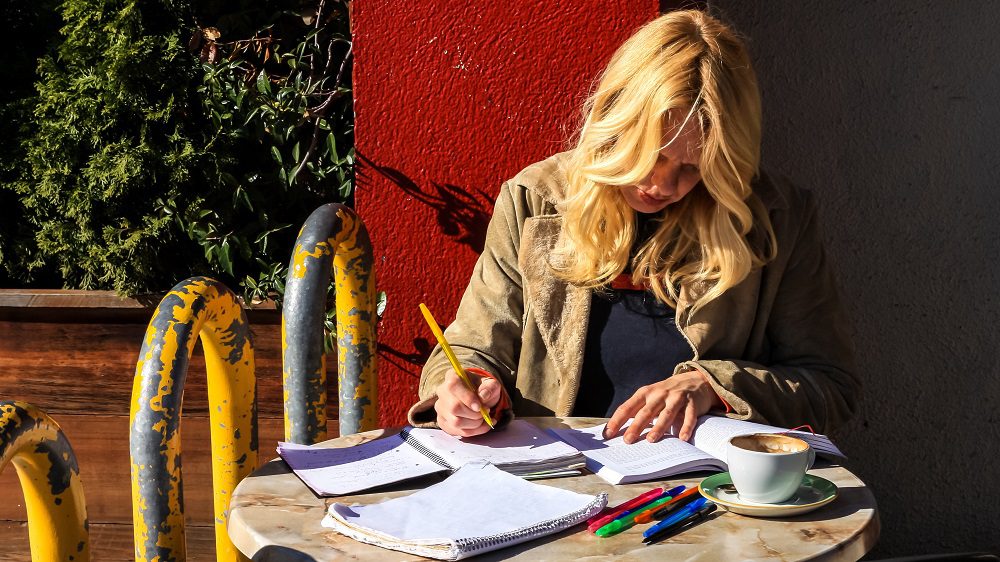The technical/engineering field is different from other fields because it requires a lot of knowledge of scientific concepts and principles. Employers use this test to verify if you have studied well and attained the relevant knowledge to work in this field.
Unlike other types of tests, the mechanical skills test asks questions on concepts used to operate things like pulleys, gears, levers, and other tools that make work easier. Other questions like static energy, electricity, and resistance are included in this test.
What do mechanical skills test look for?
The purpose of this test is to assess if you understand well the principles used by moving and stationary objects. You are tested if you can predict what will happen next when energy is applied to such an object.
Some objects use forces of gravity to move, others use mass, gears, and so on. Almost all questions are centered around energy, machines, their operation, and safety. To help you understand the nature of questions in this test, make a commitment to do the free mechanical aptitude test which will help you make a self-assessment on your ability to apply mechanical principles in the work environment. This will further help you in knowing the status of your preparedness and fitment for the job.
What format does the mechanical aptitude test follow?
Since each company in the engineering field has different needs, the employer may customize their set of questions to fit their needs. However, there is a general format set for each set of questions. For each question, an image is included depicting the object and its work situation.
Sometimes arrows or labels might be included to show which direction the object is moving. You will then be asked to indicate which object will travel faster or the more stable one. Other questions might ask which pulley is best suited to lift a certain load or the working of magnets, current, polarity, and conveyor belts.
More than 90 percent of mechanical aptitude tests do not require you to do any calculations. You are only needed to identify, describe how you feel, or general understanding of velocity, mass, volume, and so on. Thorough practice is essential in passing this test.
Which topics are you likely to get?
Since you will be working in the mechanical or engineering field, expect questions around this field. Rarely will you get any questions outside machines, motion, and energy? In the energy section, you will be asked questions around kinetic energy, potential or stored energy, and so on.
The other topic will be questions on electricity and electrical functionality like magnets, circuits, and current. There will be a set of questions on forces and movements and you must be ready to deal with gears and pulleys-related questions.
Another important set will be forces of gravity and velocity of objects whether they are falling freely or through triggered energy like the use of gears, springs, levers, and so on. You don’t have to go into advanced scientific research on these principles, but if you get the basics well, you will be good to go.
What are some of the sample questions you might get?
As we said earlier, each company is unique and may customize its list of questions depending on its need. Regardless of this, the questions might be termed as general because they revolve around the same field. Here are examples of some of the questions you might find.
Gears and pulleys
You may be presented with gears or pulleys images containing three or more gears. The gears will be numbered and the direction of movement of one gear shown. You will be asked a question like – “if gear X rotates clockwise, anticlockwise, or in the direction shown by the arrow, which direction will gear Z rotate?”.
Forces and mass
This question will mostly be testing your knowledge on forces of equilibrium and you will be presented with a diagram that weighs B kilograms. There will be a seesaw and the weights will be placed at different lengths. Your question will be to identify what the weight of the other object should be to bring the seesaw into equilibrium.
Pulleys
You will be required to study several pulley diagrams with differing pulleys and state which pulley will require the least force to lift the weight.
Static and moving forces
This question can ask you to calculate the amount of force needed to push a load from an inclined point A to B.
What to do
Most questions will be testing your general technical knowledge of concepts and principles. Take time to study most scientific principles and take sample tests to check your level of preparedness. The questions are simple, yet tricky and you must be keen and careful before answering any.

